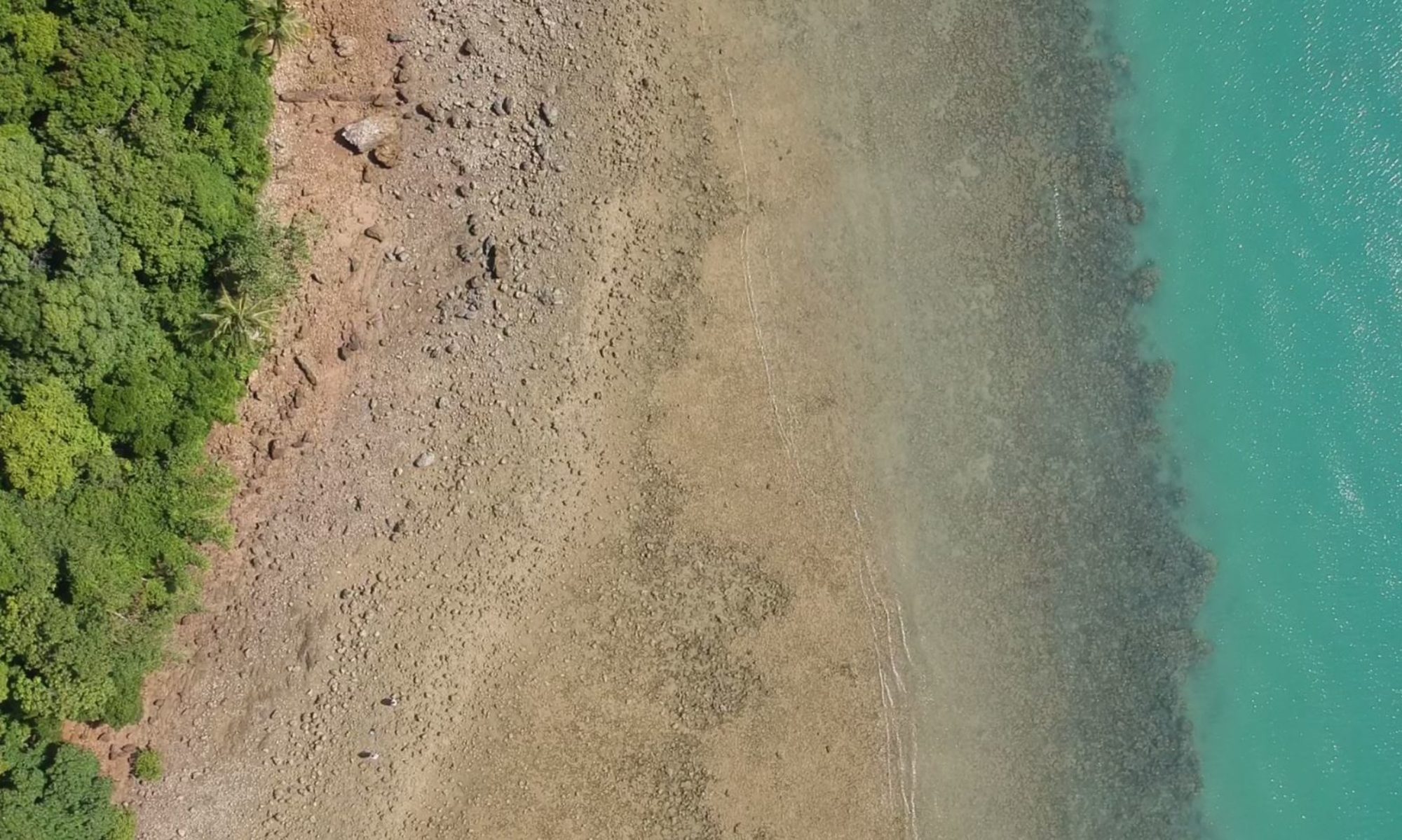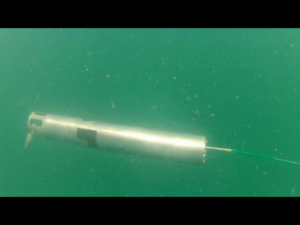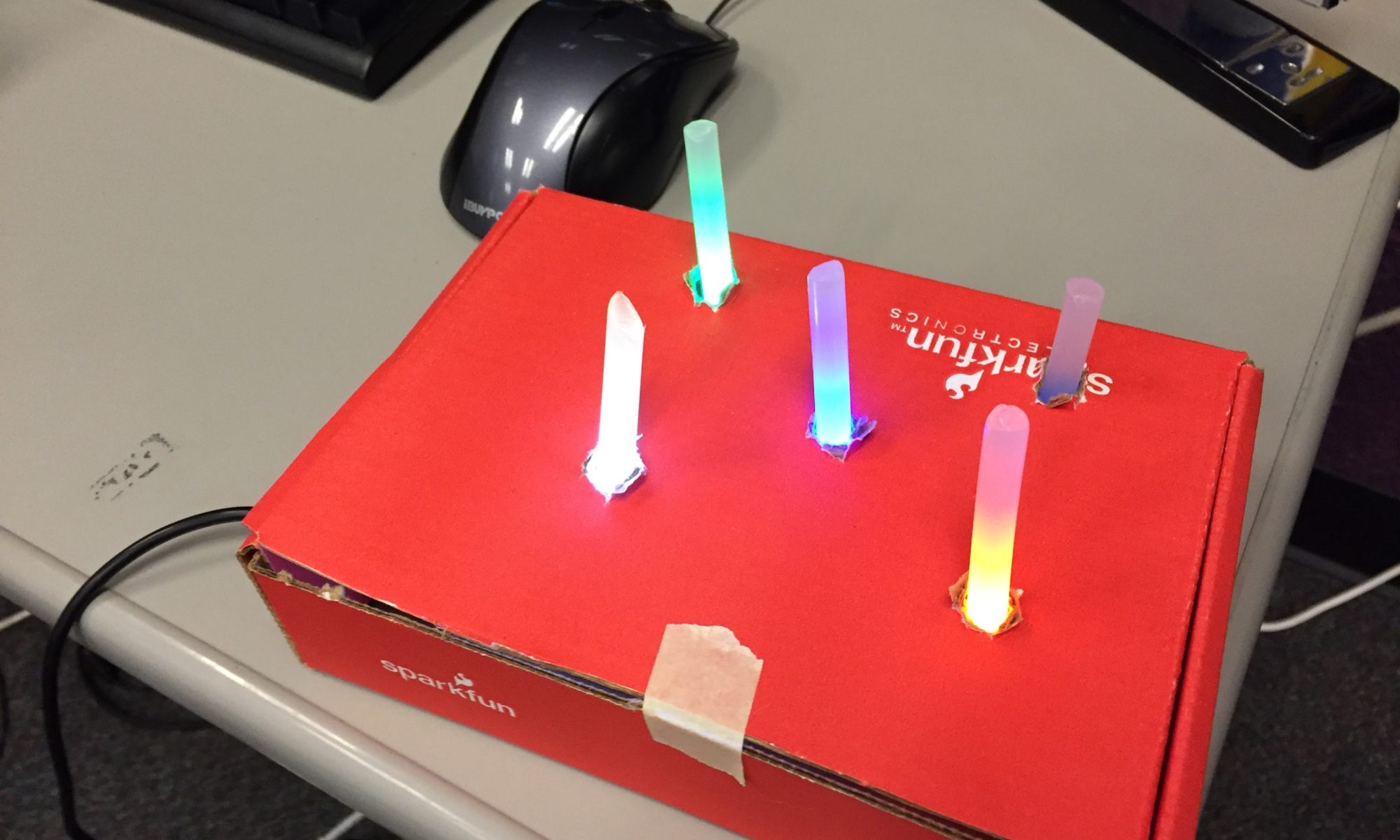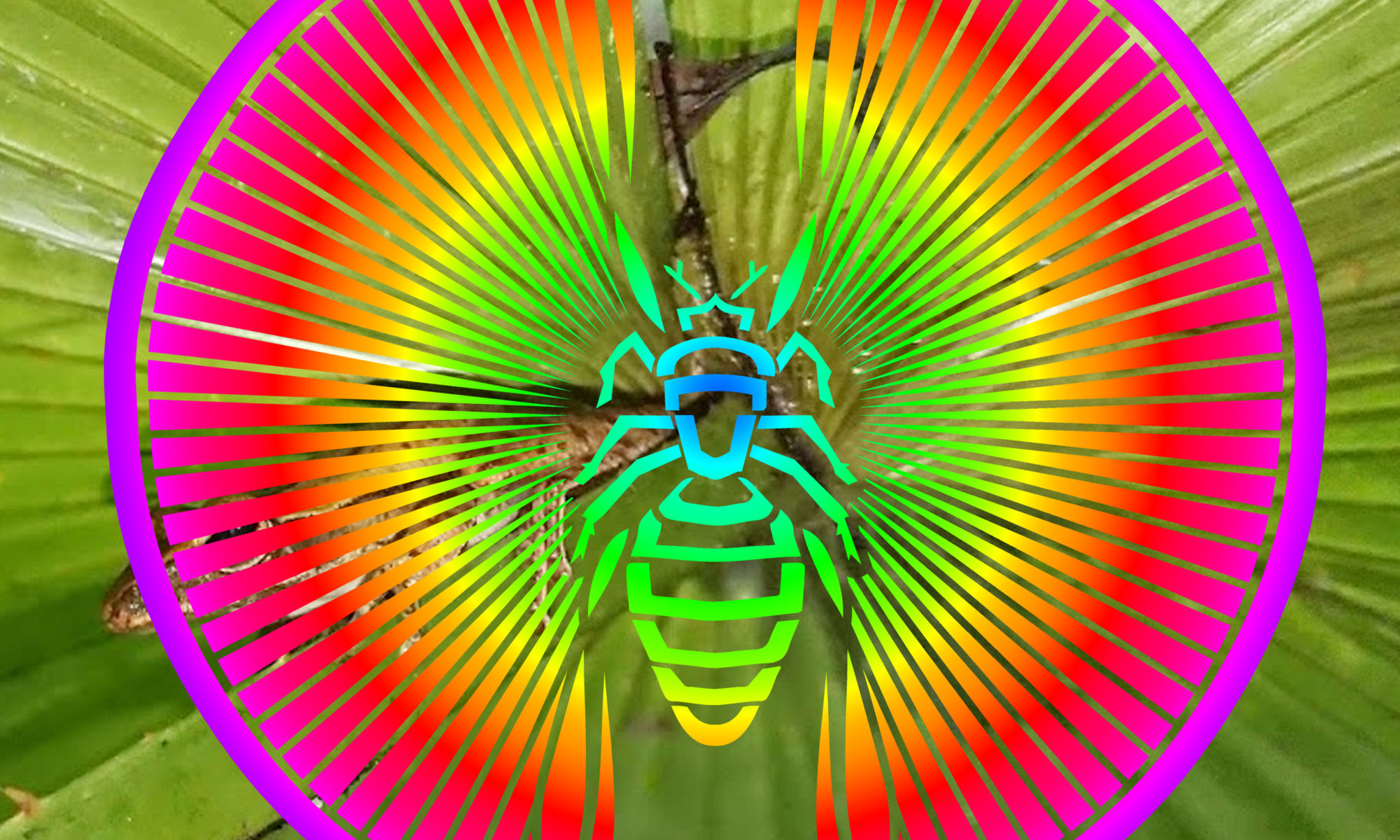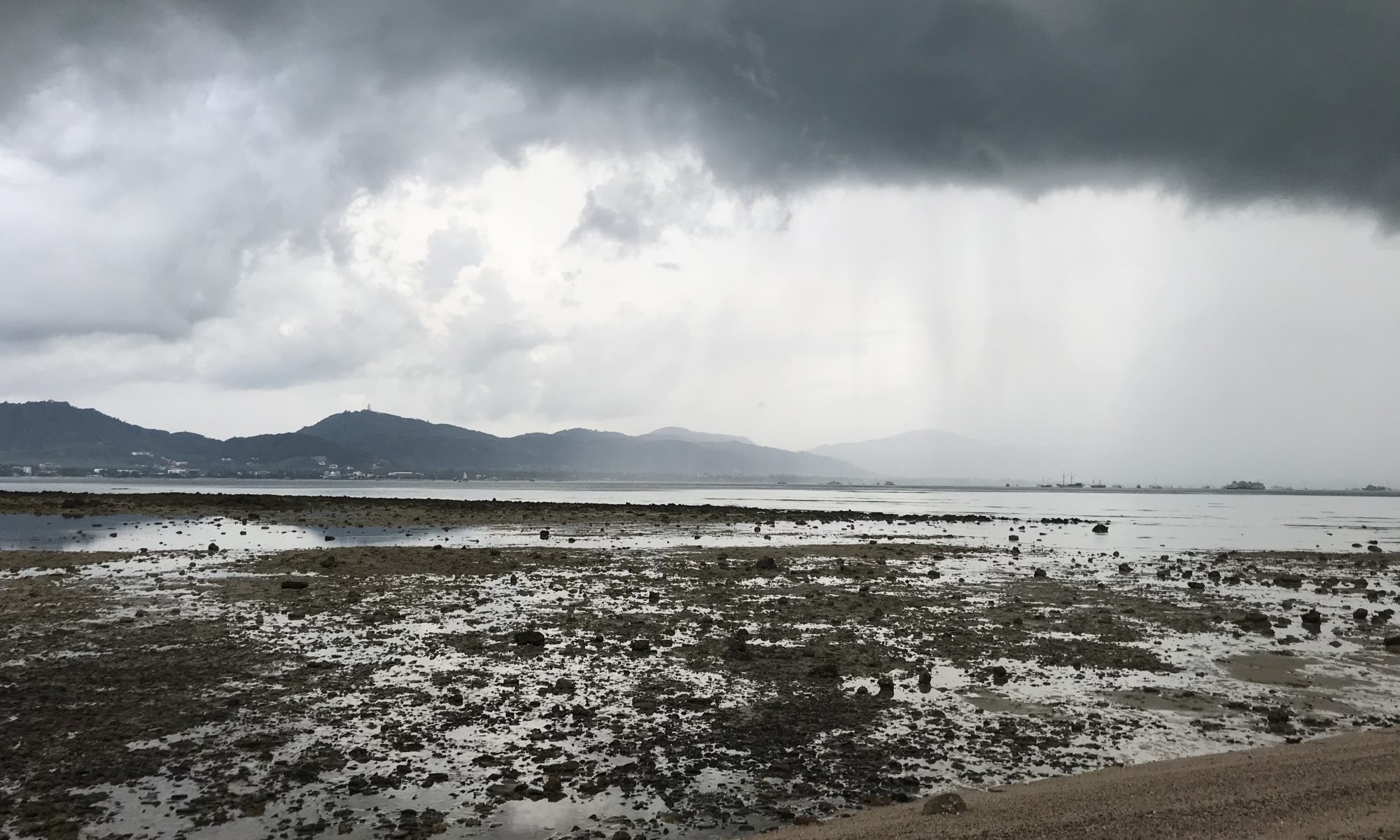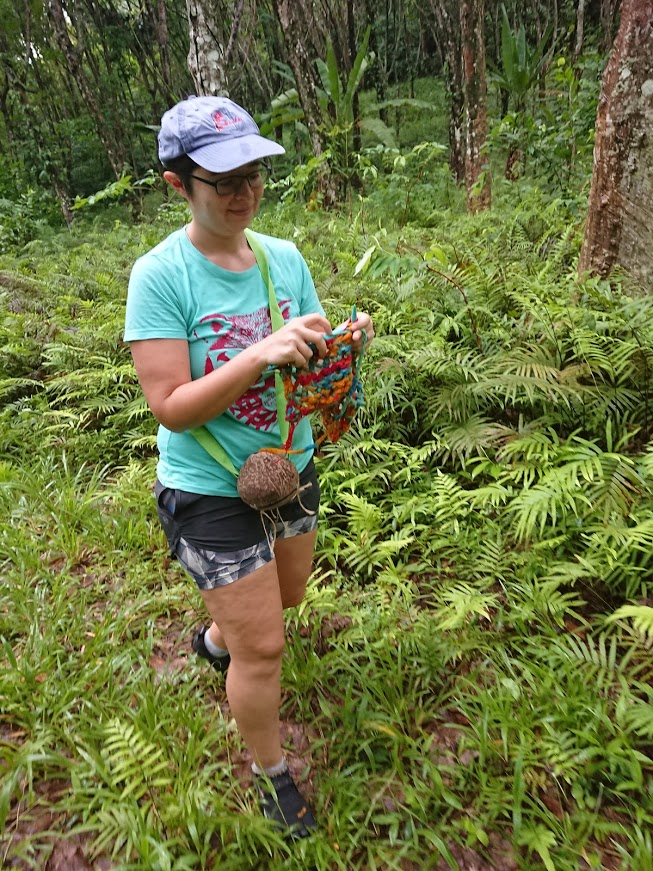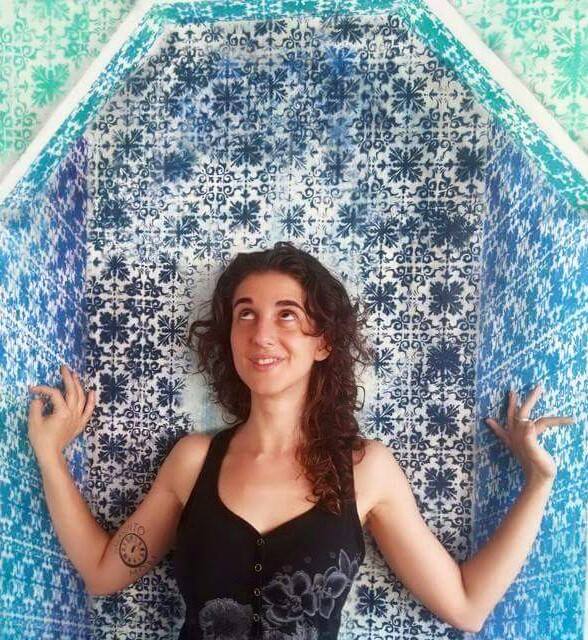Hannah Perner-Wilson (+C, KOBAKANT)
During my 7 days at DiNaCon I want to build myself wearable studio gear that will allow me to go into the ocean to spend time there fishing for materials, diving for details, weaving with water and etching salty circuits in my datasheet-swimwear.
By trying to realize this unlikely combination of moving to stay afloat while moving to make, I want to see if I can dive deeper into the experience of what it means to be able to “make while moving through the world”.
Precisely because this endeavor may sound silly, it appeals to me. I have hopes that by distancing myself from reason – in this case “reasonable modes of making” – I can create an opening in the fabric of optimized experience to slip through and experience the other side. Looking back at our lives shaped by optimized experience I might catch a glimpse of something one can only see from underwater.
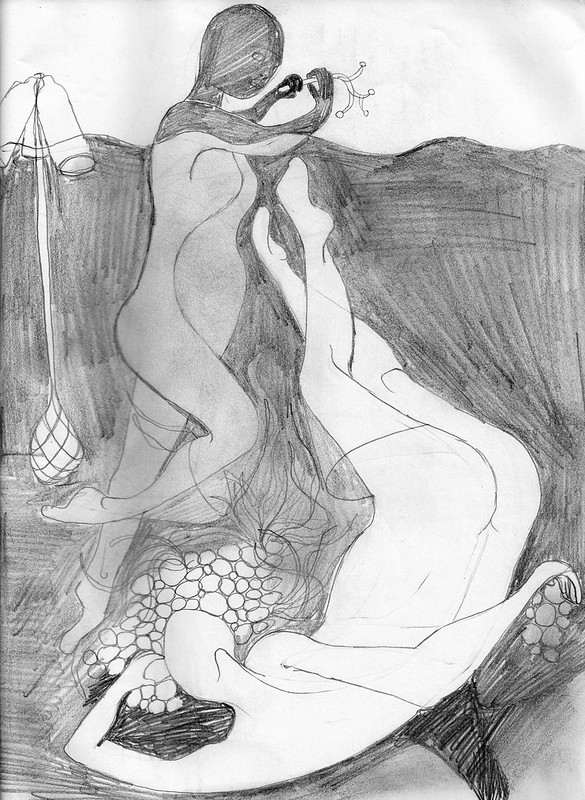
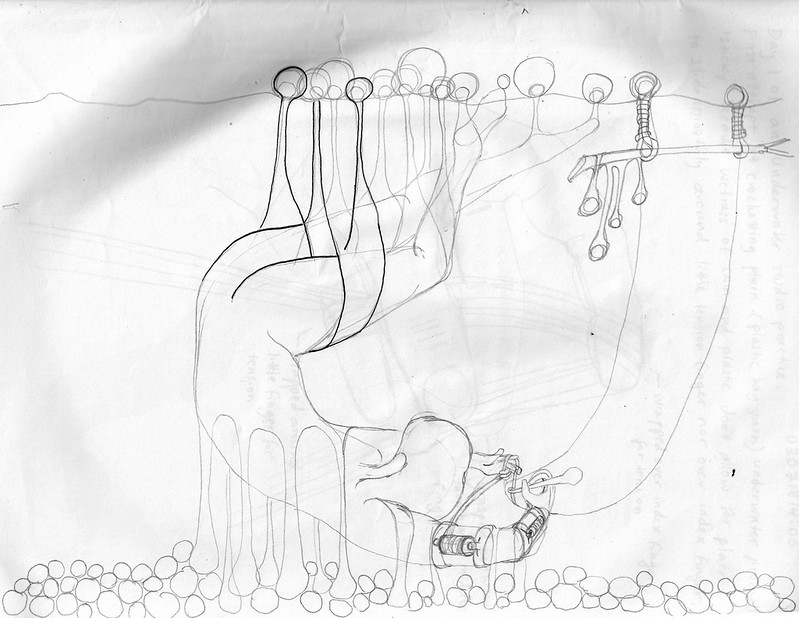
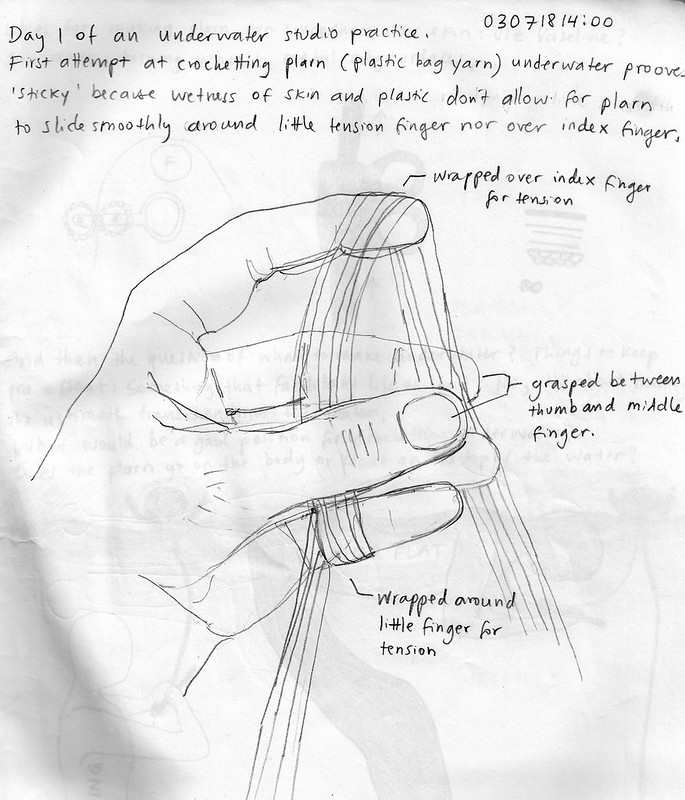
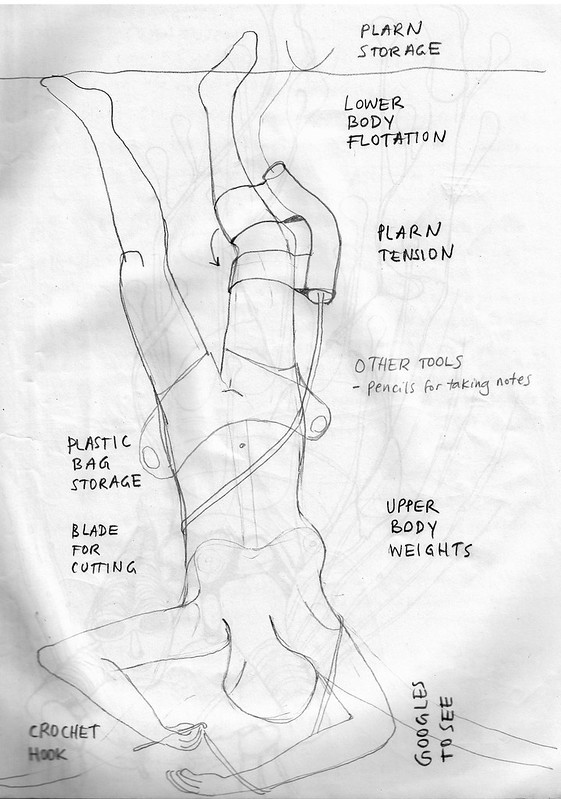

A Wearable Studio Practice
This work is a continuation of my Wearable Studio Practice, a project I started after returning from an expedition with Andy in Madagascar in 2015. Since then I’m becoming ever more interested in applying my skills as an e-textile craftsperson to explore “making as a means of experiencing the world”.
Join me!
I have no idea where this initial idea for A Swimming Studio Practice will take me, but if it appeals to you, or if it does not, feel welcome to join.
Since I probably can’t spend all my time in the water, I will also be very interested to observe and study other people’s “dry studio practices”. Collecting ideas ideas and sharing these with you. If you would like me to follow you around for the day to study how you work in the wild, let me know, I would love to.
* * *
An Underwater Studio Practice lead me to write this tale of Crochetteering:
>>> https://www.dinacon.org/2018/07/24/crochetteering-a-tale-of-fishy-innovation/


